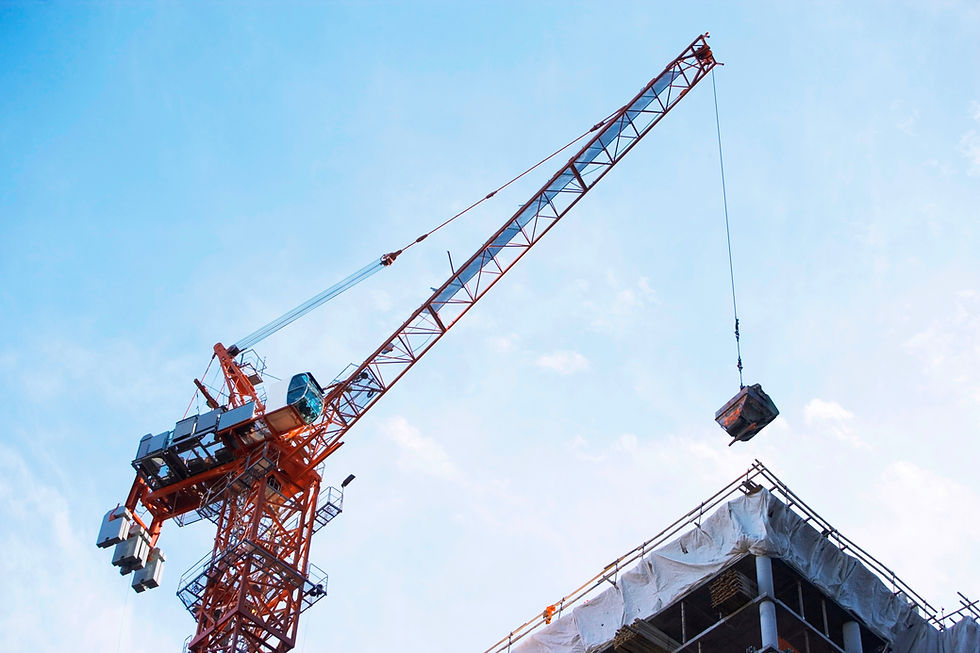PE review and oversight: Safety is no accident
- Jackie Olinger
- Jun 10, 2022
- 1 min read
PE Stamp Considerations
On occasion, our engineers are asked, "Why should we have a registered engineer (PE) involved in a mechanical design?"
It's a valid question. In some applications, PE involvement is required by law, especially in areas of public safety. However, there are compelling reasons even in areas where PE involvement is not specifically codified.

For example, OSHA recognizes that ASME-compliant lifting devices are a part of a safe workplace. The ASME standard states that the device must be designed by a qualified person.
If you are the buyer of equipment, how can you be sure your device was designed by a "qualified person"? If you are the seller, how can you prove your design was designed appropriately and in accordance with the standards?
At a minimum, KTM Solutions recommends the following:
Be sure that the device is in compliance with ASME B30.20 and ASME BTH-1 and includes an ASME tag.
Insist that the seller provide documentation demonstrating that the design was accomplished by a qualified person. A PE-sealed drawing is a credible way to prove qualification.
KTM Solutions designs and delivers professionally-engineered mechanical systems including fixtures, mezzanines/platforms, box girder beams, and below-the-hook (BTH) devices. Our products are designed specific to each application, in compliance with ASME standards. We offer CE markings for devices delivered to the European Union. And all of our services offer PE-sealed engineering documentation for your customer's compliance records.
PE oversight of mechanical design is never a bad idea. If you’re interested in discussing how PE approval can help, or whether it’s necessary for your design, contact us to learn more.


Comments